Points clés
Réponse rapide : Oui, le chocolat noir est une excellente source de magnésium :
- Teneur élevée en magnésium: 64-95 mg par once (16-24 % de la valeur quotidienne)
- Supérieur au chocolat au lait: 3-4 fois plus de magnésium que le chocolat au lait
- La qualité compte: Les pourcentages de cacao plus élevés contiennent plus de magnésium
- Apport quotidien: 1-2 oz fournit une contribution significative en magnésium
- Bienfaits pour la santé: Soutient la santé du cœur, des muscles et des os
- Forme biodisponible: Facilement absorbé par le corps
Découvrez des collections de chocolat fin qui offrent un contenu exceptionnel en magnésium ainsi qu'une saveur exquise.
Comprendre le chocolat noir comme source de magnésium
Le chocolat noir contient-il du magnésium ? Cette question a suscité de l'attention alors que de plus en plus de personnes recherchent des sources naturelles de minéraux essentiels dans leur alimentation. La réponse n'est pas seulement oui, mais un oui catégorique – le chocolat noir figure parmi les sources alimentaires les plus riches en magnésium biodisponible, en faisant à la fois une friandise délicieuse et un aliment fonctionnel qui soutient une santé optimale.
Le magnésium dans le chocolat provient directement des fèves de cacao, où ce minéral essentiel se concentre naturellement pendant le processus de croissance de la plante. Les cacaoyers absorbent le magnésium des sols tropicaux riches en minéraux, le concentrant dans leurs fèves dans le cadre des systèmes naturels de défense et métaboliques de la plante. Ce processus naturel de concentration explique pourquoi les chocolats à pourcentage de cacao plus élevé contiennent beaucoup plus de magnésium que les alternatives fortement transformées.
Comprendre la relation entre la teneur en cacao et les niveaux de magnésium aide à expliquer pourquoi les chocolats noirs artisanaux offrent souvent des bienfaits nutritionnels supérieurs par rapport aux options produites en masse. Le traitement minimal nécessaire pour créer un chocolat noir de qualité préserve ces minéraux naturellement présents, faisant de chaque bouchée une contribution significative à l'apport quotidien en magnésium.
La science derrière la teneur minérale du cacao
Les fèves de cacao développent leur profil minéral impressionnant grâce à des interactions complexes entre la composition du sol, les conditions climatiques et la génétique des plantes. Les arbres Theobroma cacao accumulent naturellement du magnésium dans le cadre de leur production de chlorophylle et de leurs processus enzymatiques, créant ainsi l'une des sources de magnésium les plus concentrées et délicieuses de la nature.
Combien de magnésium dans le chocolat noir : analyse détaillée
Lorsqu'on examine quelle quantité de magnésium dans le chocolat noir, les chiffres révèlent pourquoi cette friandise bien-aimée mérite d'être reconnue comme un véritable aliment santé. Le teneur en magnésium dans le chocolat noir varie considérablement en fonction du pourcentage de cacao, des méthodes de transformation et de la qualité des fèves, rendant ces détails cruciaux pour toute personne cherchant à optimiser son apport en minéraux.
Teneur en magnésium selon le type de chocolat (par portion de 1 oz/28 g) :
- Chocolat noir à 85 %: 95 mg de magnésium (24 % de la valeur quotidienne)
- 70 % chocolat noir: 64 mg de magnésium (16 % de la valeur quotidienne)
- Chocolat noir à 60 %: 50 mg de magnésium (13 % de la valeur quotidienne)
- Chocolat au lait: 16 mg de magnésium (4 % de la valeur quotidienne)
- Chocolat blanc: 2 mg de magnésium (0,5 % de la valeur quotidienne)
La différence spectaculaire dans teneur en magnésium dans le chocolat noir comparé au chocolat au lait souligne pourquoi le pourcentage de cacao est extrêmement important pour les bienfaits nutritionnels. Chaque augmentation de 10 % de la teneur en cacao correspond généralement à une augmentation de 15 à 20 % de la teneur en magnésium, faisant des chocolats noirs de la plus haute qualité de véritables superaliments.
Facteurs de biodisponibilité et d'absorption
Le magnésium présent dans le chocolat noir existe sous des formes hautement biodisponibles que le corps humain peut facilement absorber et utiliser. Contrairement à certains suppléments minéraux qui peuvent causer des troubles digestifs ou une mauvaise absorption, le magnésium dans le chocolat est accompagné de composés naturels qui améliorent l'absorption et minimisent l'irritation gastro-intestinale.
Les recherches indiquent que les flavonoïdes et autres polyphénols naturellement présents dans le chocolat noir peuvent en fait améliorer l'absorption du magnésium, créant un effet synergique où l'aliment complet offre des bénéfices supérieurs par rapport aux suppléments isolés de magnésium. Ce système d'emballage naturel explique pourquoi de nombreux nutritionnistes recommandent les sources minérales alimentaires plutôt que les alternatives synthétiques.
Bienfaits essentiels du magnésium pour la santé
Comprendre le bienfaits pour la santé du magnésium explique pourquoi la teneur substantielle en magnésium du chocolat noir en fait bien plus qu'une simple gourmandise. Le magnésium agit comme cofacteur dans plus de 300 réactions enzymatiques dans tout le corps humain, rendant un apport adéquat crucial pour un fonctionnement physiologique optimal.
Fonctions critiques du magnésium dans le corps :
- Fonction musculaire et nerveuse: Permet une contraction et une relaxation musculaires appropriées
- Régulation du rythme cardiaque: Soutient le rythme cardiaque normal et la pression artérielle
- Santé des os: Travaille avec le calcium et la vitamine D pour la minéralisation osseuse
- Production d'énergie: Essentiel à la synthèse de l'ATP et à l'énergie cellulaire
- Synthèse des protéines: Nécessaire à la production d'ADN et d'ARN
- Contrôle de la glycémie: Aide à réguler la sensibilité à l'insuline
Soutien de la santé cardiovasculaire
Le rôle du magnésium dans la santé cardiovasculaire fait du magnésium dans le chocolat particulièrement précieux pour les personnes soucieuses de leur cœur. Ce minéral essentiel aide à réguler le rythme cardiaque, soutient des niveaux de pression artérielle sains et peut réduire le risque d'événements cardiovasculaires lorsqu'il est consommé dans le cadre d'une alimentation équilibrée.
La Dre Sarah Chen, cardiologue et collègue, mentionne souvent que ses patients qui consomment régulièrement des quantités modérées de chocolat noir de haute qualité présentent un meilleur statut en magnésium lors des analyses sanguines comparé à ceux qui se fient uniquement aux sources végétales. Bien que les résultats individuels varient, elle a observé que les patients trouvent plus facile de maintenir un apport adéquat en magnésium lorsqu'ils peuvent inclure des aliments qu'ils apprécient vraiment.
Fonction musculaire et récupération
Les athlètes et les passionnés de fitness bénéficient particulièrement de la teneur en magnésium du chocolat noir. Ce minéral joue un rôle crucial dans la contraction, la relaxation et les processus de récupération musculaire, ce qui le rend précieux pour toute personne pratiquant une activité physique régulière.
Lisa, une marathonienne, a découvert que consommer une once de chocolat noir à 70 % dans les deux heures suivant l'entraînement semblait aider à la récupération musculaire comparé à sa routine post-exercice précédente. Bien que de nombreux facteurs influencent la récupération, elle attribue une partie de sa meilleure régularité d'entraînement au magnésium et aux antioxydants présents dans le chocolat noir de qualité.
Nutriments complets dans le chocolat noir
Bien que le magnésium soit souvent mis en avant, le profil complet nutriments dans le chocolat noir Le profil révèle pourquoi cet aliment mérite le statut de superaliment. Le chocolat noir de qualité fournit un ensemble complexe de minéraux, d'antioxydants et de composés bénéfiques qui agissent en synergie pour soutenir la santé.
Minéraux essentiels dans le chocolat noir (par 28 g, 70 % cacao) :
- Fer: 2,3 mg (13 % VQ) - transport de l'oxygène et production d'énergie
- Cuivre: 0,5mg (25 % VQ) - santé des tissus conjonctifs et absorption du fer
- Manganèse: 0,4mg (20 % VQ) - développement osseux et cicatrisation
- Zinc: 0,9mg (6 % VQ) - fonction immunitaire et synthèse des protéines
- Potassium: 158mg (5 % VQ) - équilibre électrolytique et fonction musculaire
Composés antioxydants :
- Flavonoïdes: Épicatéchine, catéchine et procyanidines
- Polyphénols: Plus de 40 composés bénéfiques différents
- Théobromine: Stimulant naturel avec des bienfaits cardiovasculaires
La densité minérale du chocolat noir de qualité dépasse souvent celle de nombreux légumes et fruits par calorie, ce qui en fait un moyen efficace d'augmenter l'apport global en nutriments tout en satisfaisant les envies de chocolat.
Interactions synergiques des nutriments
Le nutriments dans le chocolat noir travaillent ensemble de manière à renforcer leurs bienfaits individuels. Par exemple, la teneur en cuivre favorise l'absorption du fer, tandis que les flavonoïdes peuvent améliorer la biodisponibilité du magnésium. Cette synergie naturelle des nutriments explique pourquoi les sources alimentaires complètes offrent souvent des avantages supérieurs aux compléments isolés.
Consommation quotidienne de chocolat noir : optimiser les bienfaits du magnésium
Déterminer l'approprié consommation quotidienne de chocolat noir nécessite un équilibre entre les bienfaits nutritionnels, les apports caloriques et les objectifs de santé individuels. La teneur en magnésium du chocolat noir en fait un aliment quotidien précieux lorsqu'il est consommé en quantités appropriées.
Directives de consommation quotidienne recommandée :
- Santé générale: 0,5-1 once (15-30g) fournit 25-65mg de magnésium
- Personnes actives : 1-1,5 onces (30-45 g) soutiennent des besoins minéraux accrus
- Maximum suggéré : 2 onces (60 g) équilibrent les bienfaits et la teneur en calories
- Accent sur la qualité : Choisissez un contenu en cacao de 70 % ou plus pour une densité minérale optimale
Stratégies de timing et de consommation
Le moment de consommation quotidienne de chocolat noir peut influencer à la fois le plaisir et les bienfaits nutritionnels. Beaucoup de gens constatent que consommer du chocolat noir plus tôt dans la journée leur permet d'apprécier ses propriétés naturelles stimulantes tout en évitant une éventuelle perturbation du sommeil due à la théobromine.
Michael, un cadre occupé, intègre une once de chocolat noir de haute qualité dans sa routine de l'après-midi vers 14 h. Il trouve que ce timing lui procure une énergie soutenue pour les réunions en fin d'après-midi tout en apportant des minéraux significatifs à sa nutrition quotidienne sans affecter la qualité de son sommeil.
Considérations de qualité pour des bénéfices maximaux
La qualité du chocolat noir influence significativement sa teneur en magnésium et sa valeur nutritionnelle globale. Les chocolats premium fabriqués à partir de fèves de cacao soigneusement sélectionnées, comme ceux disponibles dans collections de chocolat fin, contiennent généralement des concentrations minérales plus élevées et moins d'additifs inutiles.
Les chocolats noirs d'origine unique comme le Chocolat noir 55 % Venezuela mettent en valeur comment le terroir et un traitement soigneux préservent une valeur nutritionnelle maximale tout en offrant des profils de saveurs exceptionnels. Ces chocolats artisanaux contiennent souvent 20 à 30 % de minéraux en plus par rapport aux alternatives produites en masse grâce à une qualité supérieure des fèves et un traitement minimal.
Aliments riches en magnésium : comment le chocolat noir se compare
En comparant aliments riches en magnésium, le chocolat noir figure constamment parmi les principales sources, surprenant souvent ceux qui ne s'attendent pas à ce qu'une gourmandise offre de sérieux bienfaits nutritionnels. Cette comparaison aide à contextualiser à quel point le magnésium dans le chocolat vraiment.
Comparaison de la teneur en magnésium (par portion de 100 g) :
- Chocolat noir (85%): 327mg de magnésium
- Graines de citrouille: 262mg de magnésium
- Amandes: 268mg de magnésium
- Épinards (cuits): 87mg de magnésium
- Haricots noirs: 70mg de magnésium
- Riz brun: 44mg de magnésium
- Avocat: 29mg de magnésium
Par portion standard :
- 1 oz de chocolat noir (85%): 95mg de magnésium
- 1 oz d'amandes: 76mg de magnésium
- 1 oz de graines de citrouille: 74mg de magnésium
- 1 tasse d'épinards cuits: 157mg de magnésium
- 1 avocat moyen: 58 mg de magnésium
Ces comparaisons révèlent que le chocolat noir offre une densité en magnésium compétitive avec les « aliments santé » traditionnels, ce qui en fait un ajout étonnamment précieux aux régimes soucieux des minéraux.
Stratégies d'intégration pratiques
Contrairement à certains aliments riches en magnésium qui nécessitent une préparation importante ou peuvent ne pas plaire à tous les palais, le chocolat noir offre l'avantage unique d'être intrinsèquement agréable tout en fournissant des bienfaits nutritionnels substantiels. Ce facteur de palatabilité facilite souvent l'inclusion régulière d'aliments riches en magnésium dans l'alimentation.
Jennifer, nutritionniste, recommande souvent à ses clients qui ont du mal à couvrir leurs besoins en magnésium uniquement par les légumes d'envisager d'incorporer de petites quantités de chocolat noir de qualité dans leur routine quotidienne. Elle a observé que cette stratégie améliore souvent la conformité à long terme aux objectifs d'apport en minéraux comparée aux approches reposant uniquement sur des aliments riches en magnésium moins attrayants.
Expériences réelles des bienfaits du magnésium du chocolat noir
Au cours de mon travail avec des personnes soucieuses de leur santé, j'ai observé de nombreux exemples de la façon dont le teneur en magnésium dans le chocolat noir contribue à un bien-être amélioré lorsqu'il est intégré de manière réfléchie dans les habitudes nutritionnelles quotidiennes.
Améliorations de la qualité du sommeil
Robert, un développeur logiciel qui souffrait de tensions musculaires occasionnelles et de sommeil agité, a commencé à consommer une once de chocolat noir à 70 % comme collation de l'après-midi au lieu de ses snacks habituels transformés. Au fil des semaines, il a constaté une amélioration de la qualité du sommeil et une réduction des tensions musculaires, notamment après des journées de travail stressantes. Bien que plusieurs facteurs influencent le sommeil, un apport adéquat en magnésium provenant de sources comme le chocolat noir peut soutenir les processus naturels de relaxation du corps.
Performance et récupération à l'exercice
Amanda, une instructrice de yoga, a découvert qu'intégrer du chocolat noir dans sa routine post-pratique semblait soutenir sa récupération et ses performances le lendemain. La combinaison de magnésium pour la fonction musculaire, d'antioxydants pour la récupération, et le plaisir rituel d'un chocolat de qualité a créé ce qu'elle a décrit comme une pratique de récupération holistique répondant à la fois aux besoins de restauration physique et mentale.
Soutien à la gestion du stress
Le magnésium dans le chocolat peut contribuer à la gestion du stress grâce à son rôle dans le fonctionnement du système nerveux et la régulation hormonale. Plusieurs clients ont mentionné que leur rituel quotidien de chocolat noir leur apporte à la fois des bienfaits nutritionnels et un moment de plaisir conscient qui soutient leurs stratégies globales de gestion du stress.
Choisir un chocolat noir de qualité pour un maximum de magnésium
La teneur en magnésium et la valeur nutritionnelle globale du chocolat noir dépendent fortement de facteurs de qualité tels que l'origine du cacao, les méthodes de transformation et la pureté des ingrédients. Comprendre ces facteurs aide les consommateurs à choisir des produits qui maximisent bienfaits pour la santé du magnésium tout en offrant des expériences gustatives exceptionnelles.
Transformation et rétention des minéraux
Les procédés traditionnels de fabrication du chocolat qui minimisent l'exposition à la chaleur et les traitements chimiques aident à préserver le magnésium dans le chocolat. Les producteurs artisanaux utilisent souvent le broyage à la pierre et des techniques de fermentation contrôlée qui maintiennent l'intégrité minérale tout en développant des saveurs complexes.
Les produits premium comme Pastilles de chocolat noir FCH Candy Melts démontrent comment un traitement de qualité préserve la valeur nutritionnelle tout en créant des produits chocolatés polyvalents adaptés à la consommation directe et aux applications culinaires.
Chocolats d'origine unique vs. mélangés
Les chocolats noirs d'origine unique offrent souvent une teneur en minéraux plus constante et plus élevée comparée aux produits mélangés, car ils mettent en valeur les caractéristiques spécifiques du terroir des régions de culture particulières. La teneur en minéraux peut varier significativement entre différentes régions de culture du cacao en fonction de la composition du sol et des pratiques agricoles.
Le cacao vénézuélien, connu pour sa saveur exceptionnelle et sa teneur en minéraux, illustre comment la géographie influence à la fois le goût et la nutrition dans les produits chocolatés premium. Ces variations régionales permettent aux consommateurs d'explorer différents profils de saveurs tout en recevant constamment des bienfaits substantiels en magnésium.
Stockage et consommation pour des bénéfices optimaux
Des pratiques de stockage et de consommation appropriées aident à préserver le teneur en magnésium dans le chocolat noir tout en maintenant la qualité des saveurs et en prolongeant la durée de conservation. Comprendre ces facteurs garantit une valeur nutritionnelle maximale des investissements dans le chocolat premium.
Conditions de stockage optimales
Contrôle de la température: Conservez le chocolat noir à 65-70°F pour éviter le blanchiment tout en préservant la stabilité des minéraux et des composés aromatiques.
Gestion de l'humidité: Maintenez des environnements à faible humidité pour éviter l'absorption d'humidité qui peut affecter la texture et potentiellement la biodisponibilité des minéraux.
Protection contre la lumière: Gardez le chocolat à l'écart de la lumière directe du soleil, qui peut dégrader à la fois les composés bénéfiques et la teneur en minéraux au fil du temps.
Timing de consommation et associations
Le bienfaits pour la santé du magnésium l'absorption du chocolat noir peut être améliorée grâce à un timing stratégique de consommation et des associations alimentaires. Consommer du chocolat noir avec des aliments riches en vitamine C peut améliorer l'absorption des minéraux, tandis qu'éviter la consommation simultanée avec des aliments riches en calcium peut prévenir la compétition minérale.
Beaucoup de personnes constatent que consommer du chocolat noir 30 à 60 minutes avant les repas permet une absorption optimale des minéraux tout en offrant une régulation douce de l'appétit qui soutient des habitudes alimentaires saines.
Comprendre la carence en magnésium et le rôle du chocolat noir
La carence en magnésium touche environ 50 à 60 % des adultes dans les pays développés, ce qui rend substantiel magnésium dans le chocolat particulièrement pertinent pour la santé publique. Comprendre les symptômes de carence aide à contextualiser pourquoi l'incorporation d'aliments riches en magnésium comme le chocolat noir peut soutenir le bien-être global.
Symptômes courants de carence en magnésium :
- Physique: Crampes musculaires, fatigue, faiblesse, rythme cardiaque irrégulier
- Mental: Anxiété, irritabilité, difficulté de concentration, changements d'humeur
- Lié au sommeil: Insomnie, sommeil agité, réveils fréquents
- Long terme: Risque accru de problèmes cardiovasculaires et osseux
Soutenir un statut adéquat en magnésium
Le teneur en magnésium dans le chocolat noir peut contribuer de manière significative à prévenir ou à traiter une légère carence en magnésium lorsqu'il est combiné avec d'autres aliments riches en magnésium. Contrairement à certaines sources minérales pouvant causer des troubles digestifs, le magnésium dans le chocolat noir est généralement bien toléré et agréable à consommer régulièrement.
Le Dr Martinez, médecin en médecine fonctionnelle, note souvent que les patients qui incluent des quantités modérées de chocolat noir de qualité dans leur alimentation présentent des marqueurs de statut en magnésium améliorés par rapport à ceux qui ne comptent que sur les formes de suppléments. Elle attribue cela en partie à une meilleure adhérence – les gens sont plus susceptibles de consommer régulièrement des aliments qu'ils apprécient.
Questions fréquemment posées
Le chocolat noir contient-il vraiment des quantités significatives de magnésium ?
Oui, le chocolat noir est exceptionnellement riche en magnésium. Une once de chocolat noir à 70 % fournit environ 64 mg de magnésium (16 % des besoins quotidiens), tandis que celui à 85 % fournit environ 95 mg (24 % des besoins quotidiens). Cela en fait l'un des aliments les plus denses en magnésium disponibles.
Quelle quantité de chocolat noir devrais-je manger quotidiennement pour obtenir un apport significatif en magnésium ?
Pour des bénéfices significatifs en magnésium, consommez quotidiennement 0,5 à 1 once de chocolat noir (70 % de cacao ou plus). Cela fournit 25 à 65 mg de magnésium biodisponible tout en maintenant un apport calorique raisonnable. Les personnes actives peuvent bénéficier de jusqu'à 1,5 once par jour.
Le magnésium dans le chocolat noir est-il aussi efficace que les suppléments ?
Le magnésium dans le chocolat noir est souvent supérieur aux suppléments car il est naturellement associé à des composés qui améliorent son absorption et réduisent les troubles digestifs. La matrice alimentaire complète offre des bénéfices synergiques que les suppléments isolés de magnésium ne peuvent pas reproduire.
Quel pourcentage de cacao fournit le plus de magnésium ?
Les pourcentages de cacao plus élevés contiennent plus de magnésium. Le chocolat noir à 85 % fournit environ 95 mg par once, tandis que celui à 70 % fournit environ 64 mg par once. Choisissez le pourcentage de cacao le plus élevé que vous appréciez pour maximiser l'apport en magnésium.
Puis-je compter uniquement sur le chocolat noir pour mes besoins en magnésium ?
Bien que le chocolat noir fournisse une quantité importante de magnésium, il est préférable de le combiner avec d'autres aliments riches en magnésium comme les légumes à feuilles, les noix et les graines pour un apport optimal. Le chocolat noir peut être un contributeur délicieux et significatif aux besoins quotidiens en magnésium, mais ne devrait pas être votre seule source.
Le chocolat au lait contient-il aussi du magnésium ?
Le chocolat au lait contient un peu de magnésium (environ 16 mg par once), mais beaucoup moins que le chocolat noir en raison de sa teneur plus faible en cacao et de l'ajout de lait, qui dilue la concentration minérale. Le chocolat noir fournit 3 à 4 fois plus de magnésium que le chocolat au lait.
Comment la transformation affecte-t-elle la teneur en magnésium du chocolat ?
Un traitement minimal préserve davantage de magnésium. Le chocolat noir cru ou légèrement transformé conserve un maximum de minéraux, tandis que les chocolats fortement transformés peuvent perdre une partie du magnésium. Les chocolats artisanaux de qualité conservent généralement plus de minéraux que les variétés produites en masse.
Conclusion : Le chocolat noir, une source puissante de magnésium
Les preuves répondent de manière concluante "le chocolat noir contient-il du magnésium" avec un oui retentissant, révélant le chocolat noir comme l'une des sources de magnésium les plus délicieuses et efficaces de la nature. Avec 64-95 mg de magnésium biodisponible par once, le chocolat noir de qualité fournit une nutrition minérale significative ainsi que des saveurs exceptionnelles et des bienfaits antioxydants.
Comprendre quelle quantité de magnésium dans le chocolat noir permet de faire des choix éclairés concernant la consommation quotidienne de chocolat, transformant ce que beaucoup considèrent comme un plaisir en un aliment fonctionnel qui soutient la santé cardiovasculaire, la fonction musculaire et le bien-être général. La clé réside dans le choix de produits de qualité à haute teneur en cacao et leur consommation en quantités appropriées.
Le teneur en magnésium dans le chocolat noir représente un aspect du profil nutritionnel remarquable de cet aliment, mais il est suffisamment significatif pour faire du chocolat noir un ajout précieux aux régimes soucieux des minéraux. Lorsqu'il est issu de producteurs réputés qui privilégient la qualité et la durabilité, le chocolat noir offre à la fois un plaisir immédiat et des bienfaits pour la santé à long terme.
Pour ceux qui recherchent l'équilibre optimal entre saveur et nutrition, le chocolat premium collections de chocolat fin offrent des options exceptionnelles qui maximisent à la fois la teneur en magnésium et la satisfaction gustative. La qualité est extrêmement importante en ce qui concerne la densité minérale et la valeur nutritionnelle globale.
Prêt à découvrir les bienfaits riches en magnésium du chocolat noir premium ? Découvrez les offres exceptionnelles chez Zucchero Canada et découvrez comment le chocolat de qualité peut améliorer à la fois votre santé et votre plaisir culinaire.




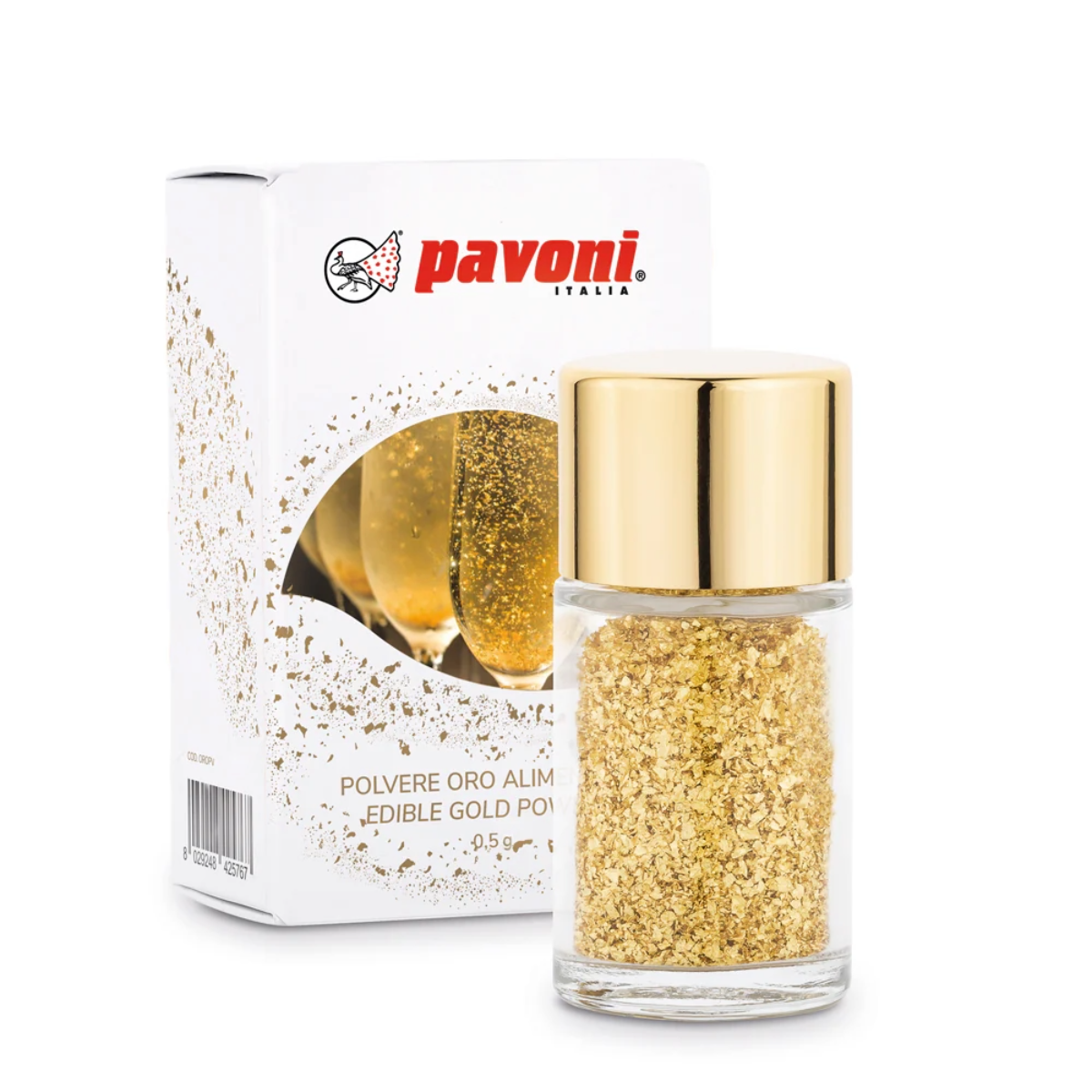





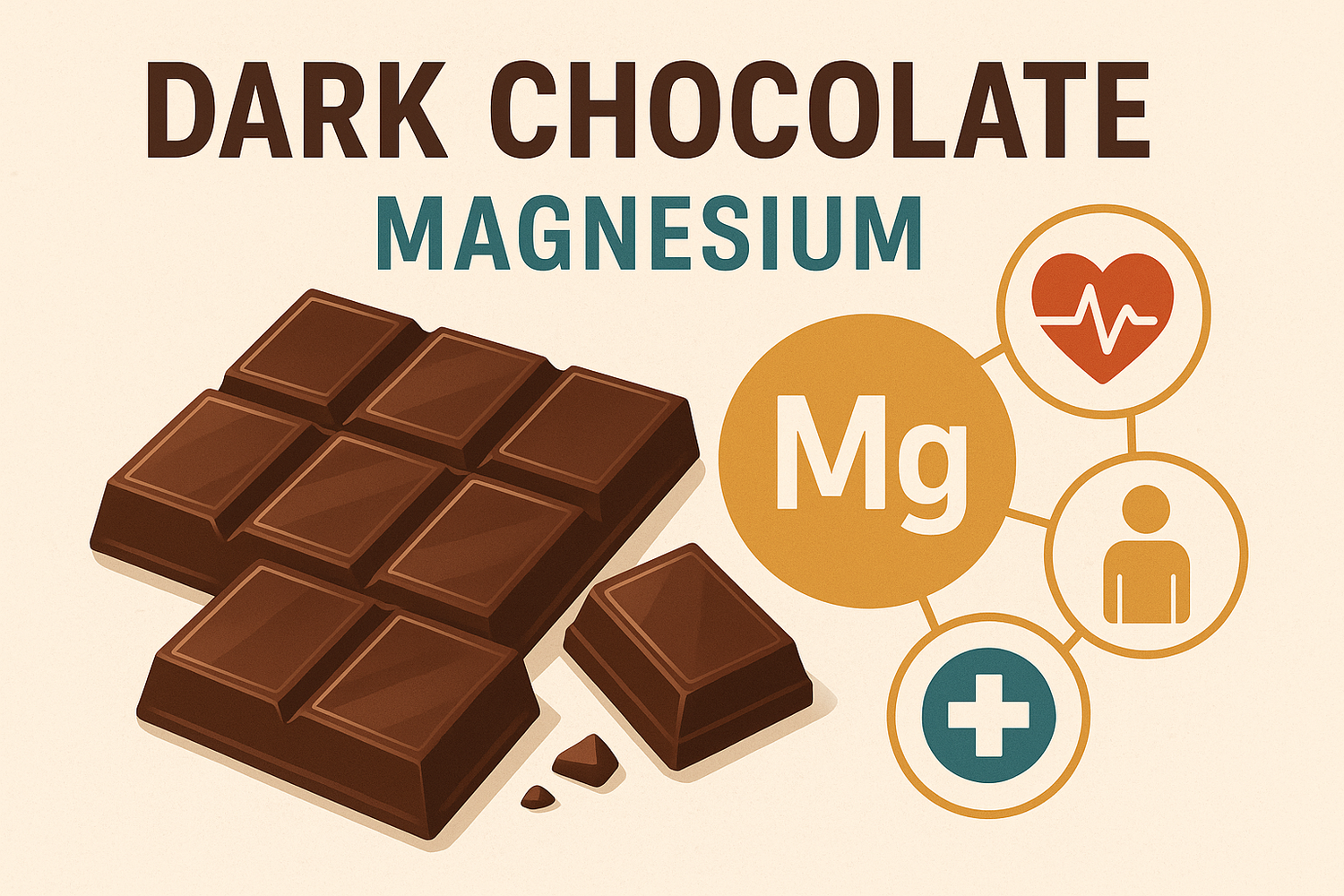
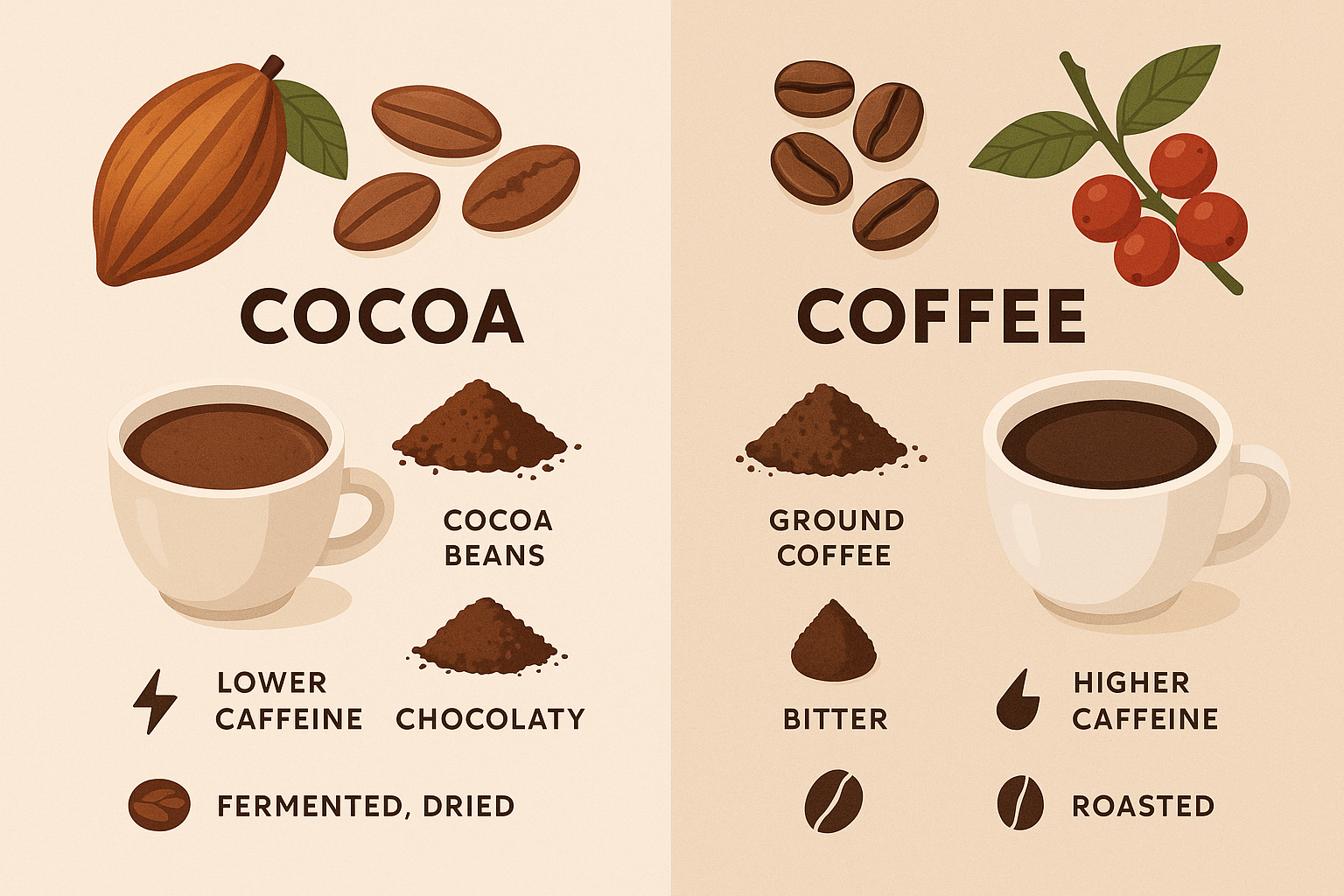



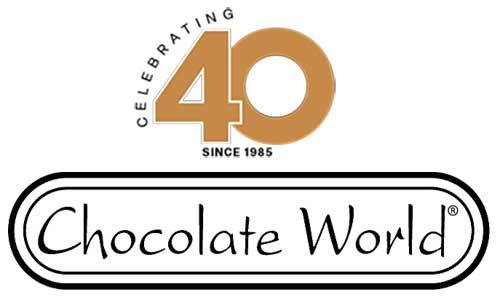

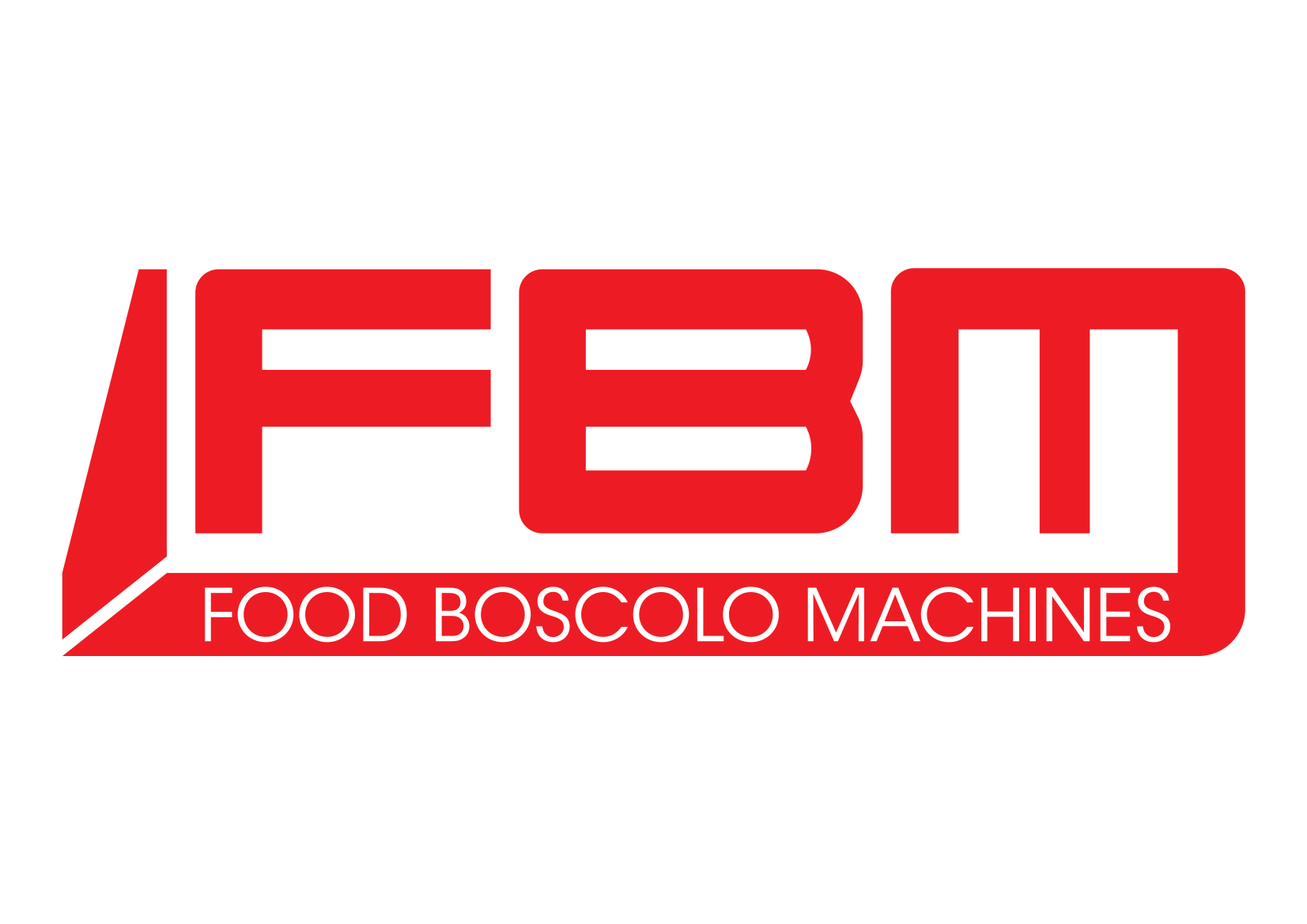


















Laisser un commentaire
Tous les commentaires sont modérés avant d'être publiés.
Ce site est protégé par hCaptcha, et la Politique de confidentialité et les Conditions de service de hCaptcha s’appliquent.